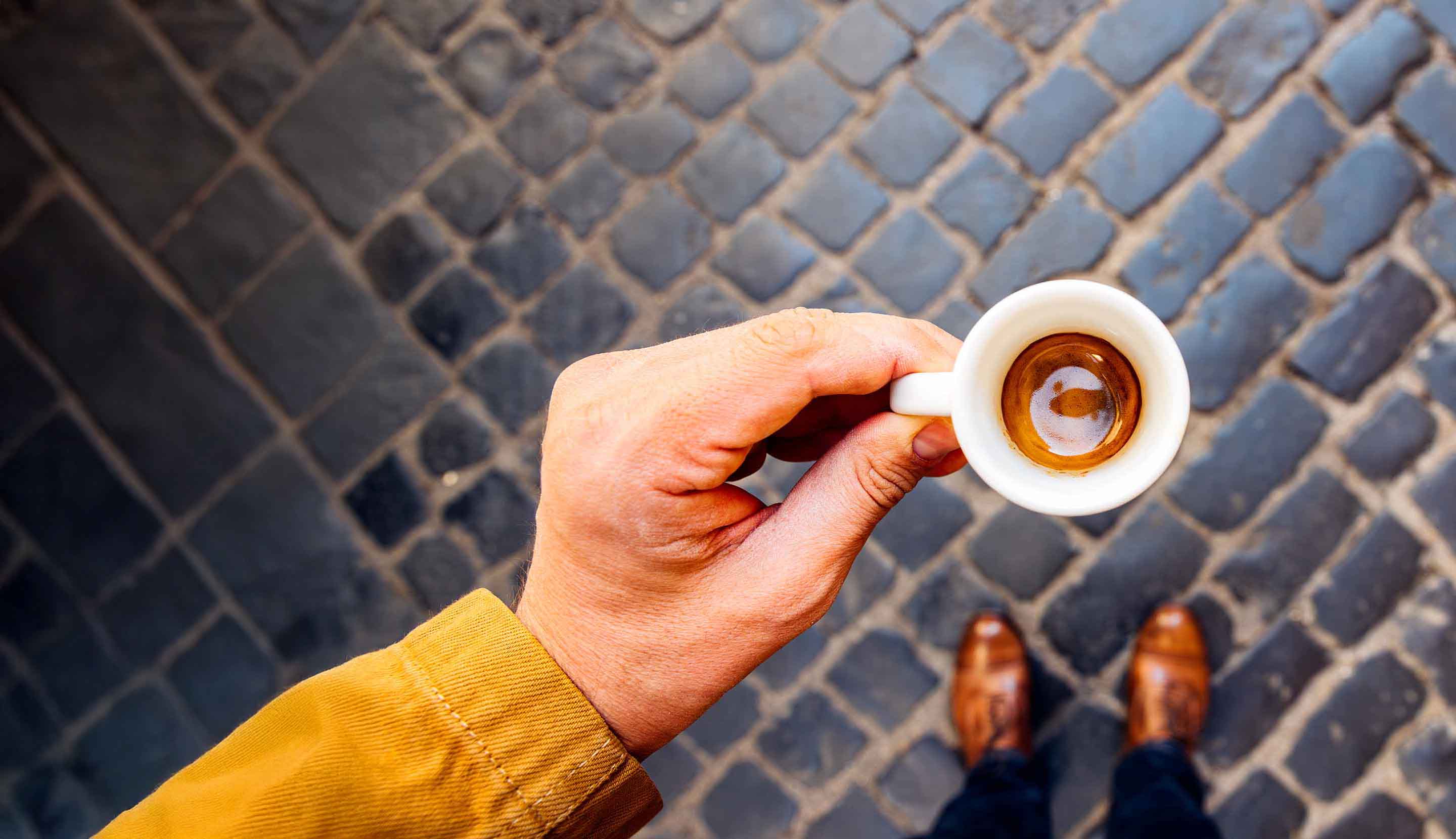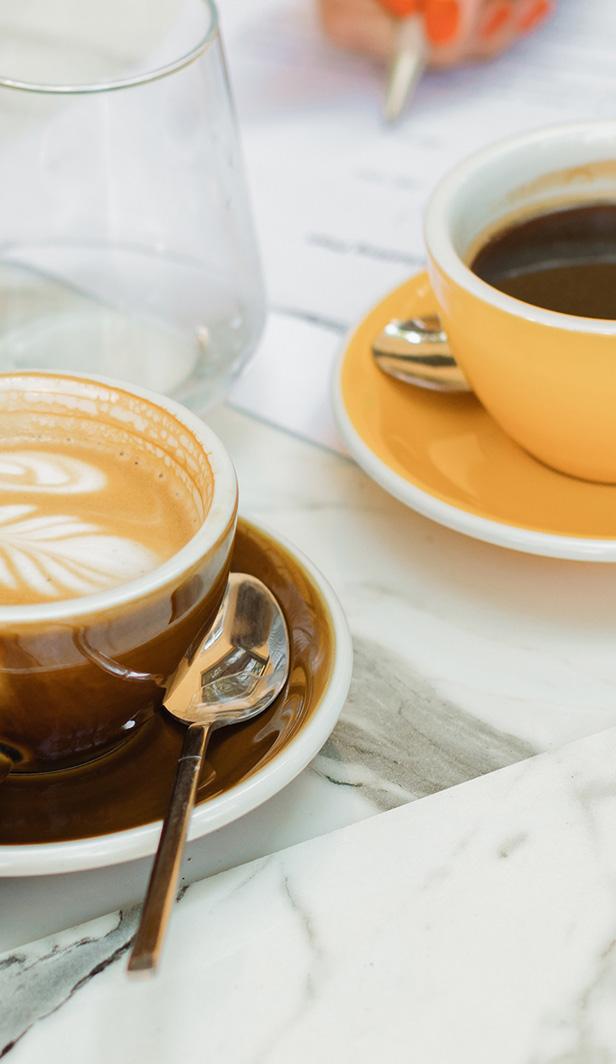search-autocomplete
toaster-signin
What is espresso?
Originally hailing from Italy, an espresso is a concentrated form of coffee. It’s made by forcing hot water through finely ground coffee beans to produce a strong and flavourful ‘shot’ of coffee, usually about 30ml in volume. Check out our article 'What’s an espresso' for a rich overview of this iconic coffee drink, including insights into its caffeine content, the history of its invention, brewing methods and other unique characteristics.
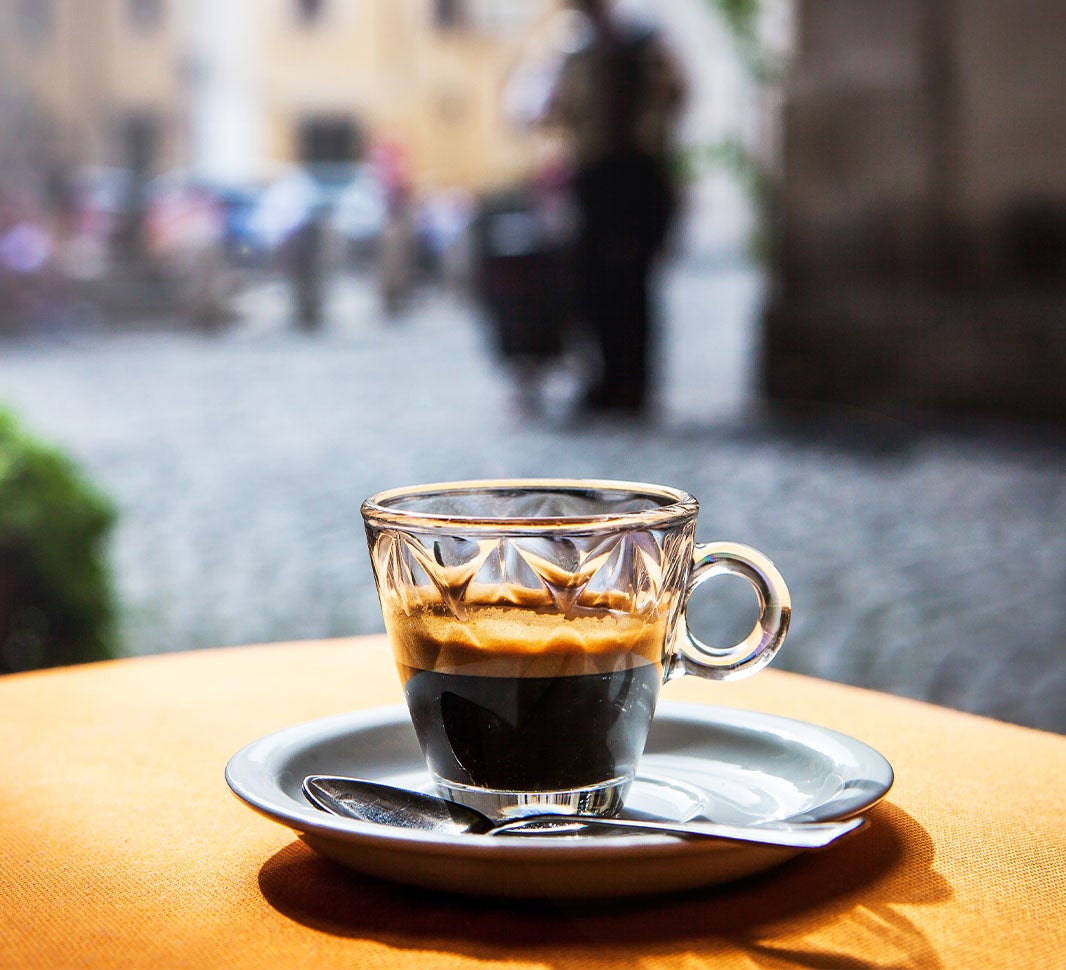
What is brewed coffee?
There are various types of brewed coffee, each using its own technique to create and highlight its own unique characteristics.
One of the most popular types is drip brewed coffee. This involves pouring hot water over ground coffee beans in a paper or metal filter. As the water filters through the coffee grounds, it extracts flavours and oils, and then drips down into a pot or carafe. Drip brewed coffee is enjoyed for its smooth and balanced coffee taste.
One of the most popular types is drip brewed coffee. This involves pouring hot water over ground coffee beans in a paper or metal filter. As the water filters through the coffee grounds, it extracts flavours and oils, and then drips down into a pot or carafe. Drip brewed coffee is enjoyed for its smooth and balanced coffee taste.
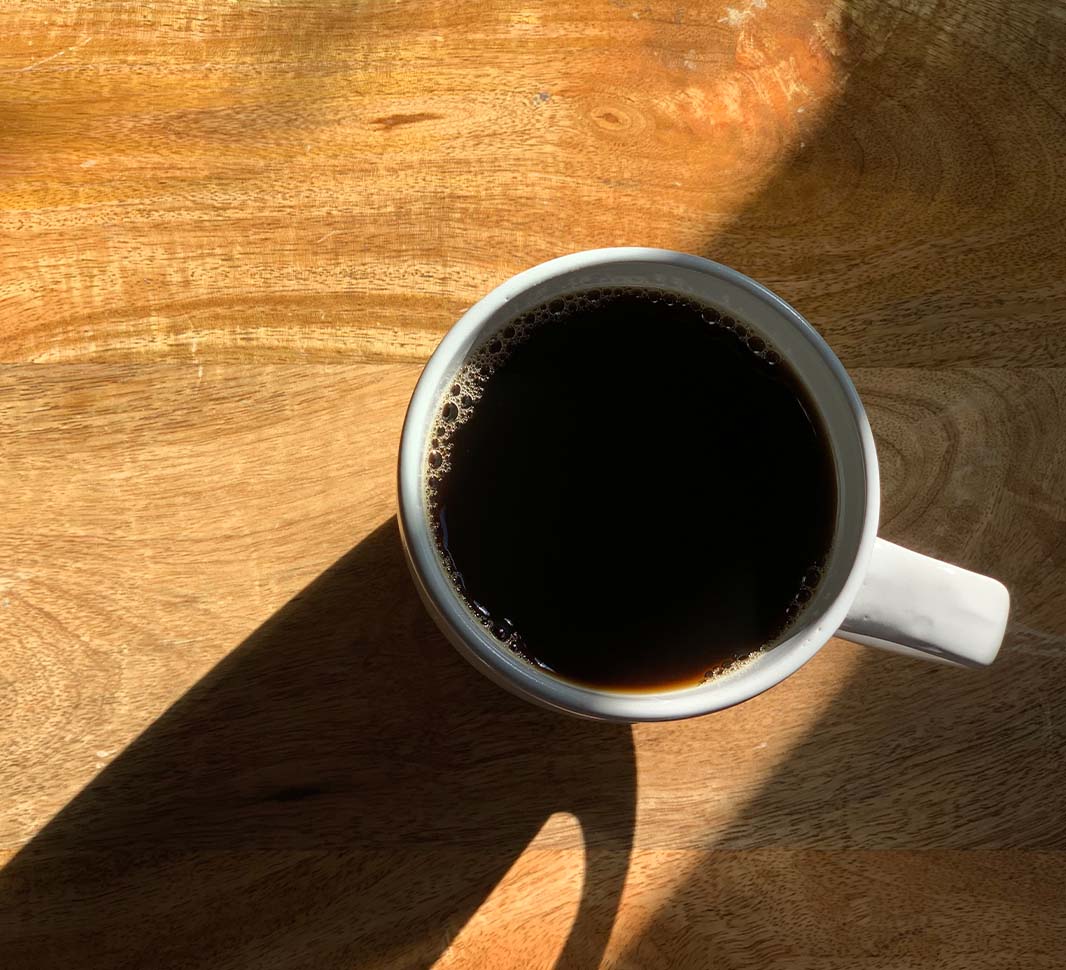
Key differences
Understanding the difference between how an espresso is made in relation to other coffees can help you make better choices on what to enjoy, based on your preferences. Let’s explore what’s important to think about in more detail.
Brewing process and time: ‘Brewed’ coffee is typically made using a drip or pour-over method, where water is poured over ground coffee beans, extracting flavours as it passes through the filter.
Brewing process and time: ‘Brewed’ coffee is typically made using a drip or pour-over method, where water is poured over ground coffee beans, extracting flavours as it passes through the filter.
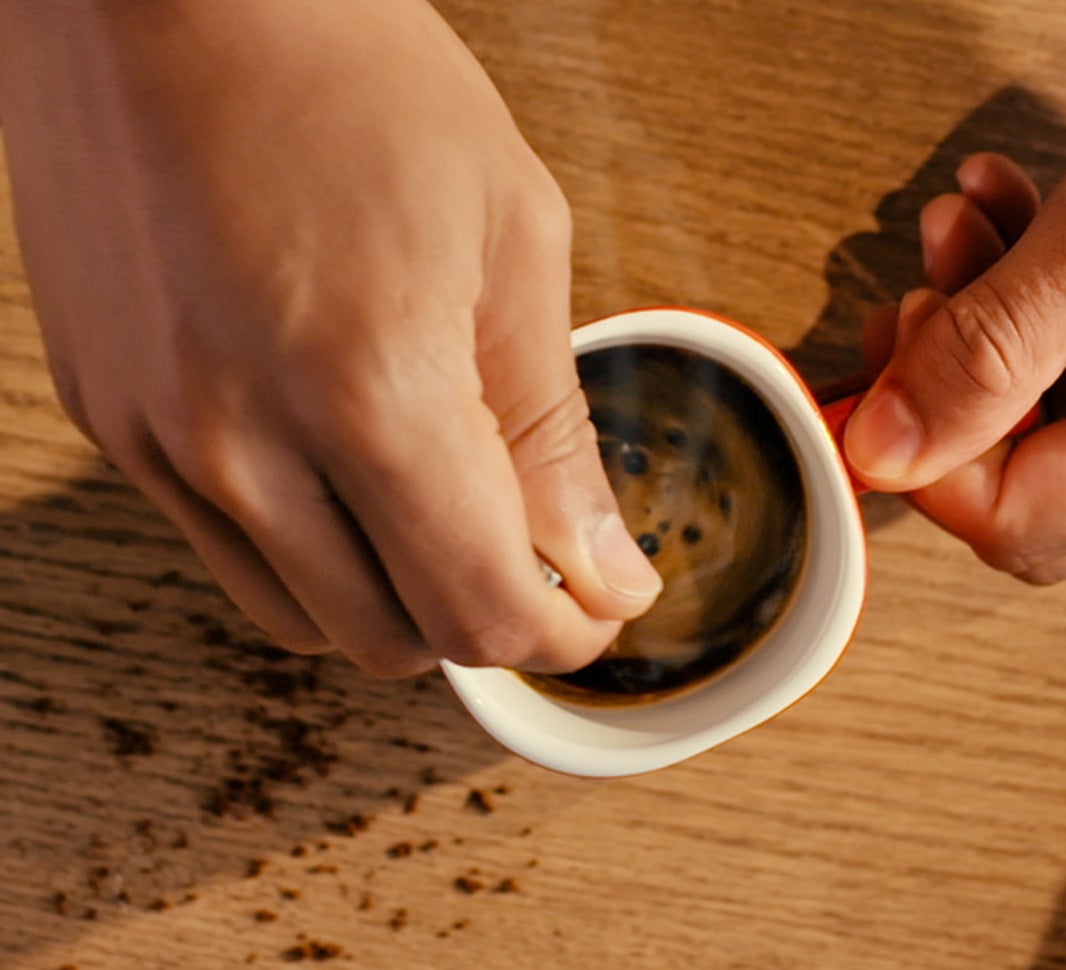
Caffeine content
When it comes to caffeine quantities, which beans are used makes a real difference – with Robusta beans generally having a higher caffeine content than Arabica beans. However, in most cases an espresso will have some notable differences relative to most other types of brewed coffee. Let’s explore how much caffeine you can expect in each serving and how serving size impacts your caffeine intake, remembering of course that individual countries and regions have their own methods of preparation that can also impact on the amount of caffeine per cup.
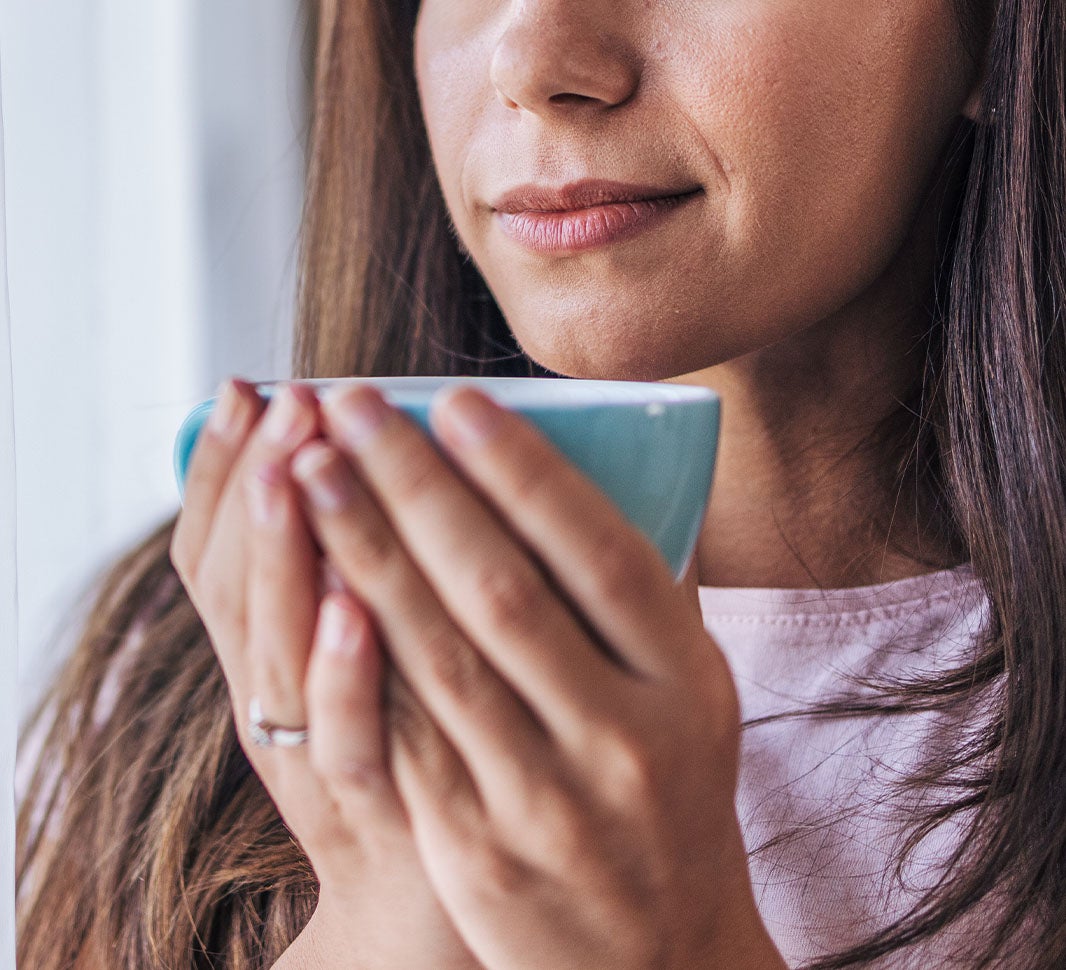
Today’s community favourites
Discover some of the most enjoyed articles from across the site


